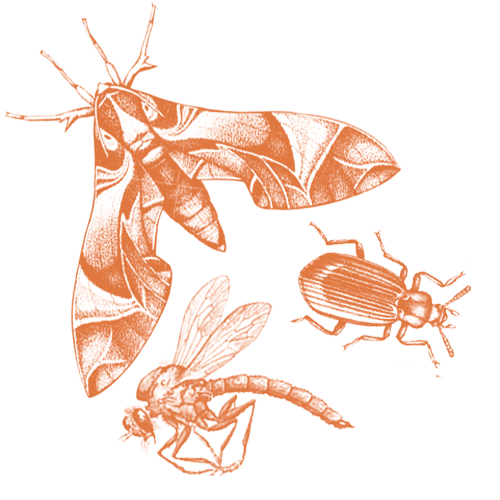








If you’re convinced you’ll never be able to learn bird calls, start with the Gray Catbird. Once you’ve heard its catty mew you won’t forget it. Follow the sound into thickets and vine tangles and you’ll be rewarded by a somber gray bird with a black cap and bright rusty feathers under the tail. Gray Catbirds are relatives of mockingbirds and thrashers, and they share that group’s vocal abilities, copying the sounds of other species and stringing them together to make their own song.
In summer, Gray Catbirds eat mainly ants, beetles, grasshoppers, midges, caterpillars, and moths. When fruits are available they also eat holly berries, cherries, elderberries, poison ivy, greenbrier, bay, and blackberries. They are sometimes garden pests, eating or damaging raspberries, cherries, grapes, and strawberries.
Gray Catbirds live amid dense shrubs, vine tangles, and thickets of young trees in both summer and winter. Human disturbance and development often create these habitats in the form of clearings, roadsides, fencerows, abandoned farmland, and residential areas. On tropical wintering grounds catbirds spend more time in forests than they do while in North America.
Catbirds usually build nests on horizontal branches hidden at the center of dense shrubs, small trees, or in vines, including dogwood, hawthorn, cherry, rose, elderberry, grape, honeysuckle, and blackberry. Nests are typically around 4 feet off the ground, but may be on the ground or as high as 60 feet.
Females build the nests, with males sometimes supplying materials. Nests take 5-6 days to build. The final product is a bulky, open cup made of twigs, straw, bark, mud, and sometimes pieces of trash. It has a finely woven inner lining of grass, hair, rootlets, and pine needles. Finished nests are about 5.5 inches across and 2 inches deep.